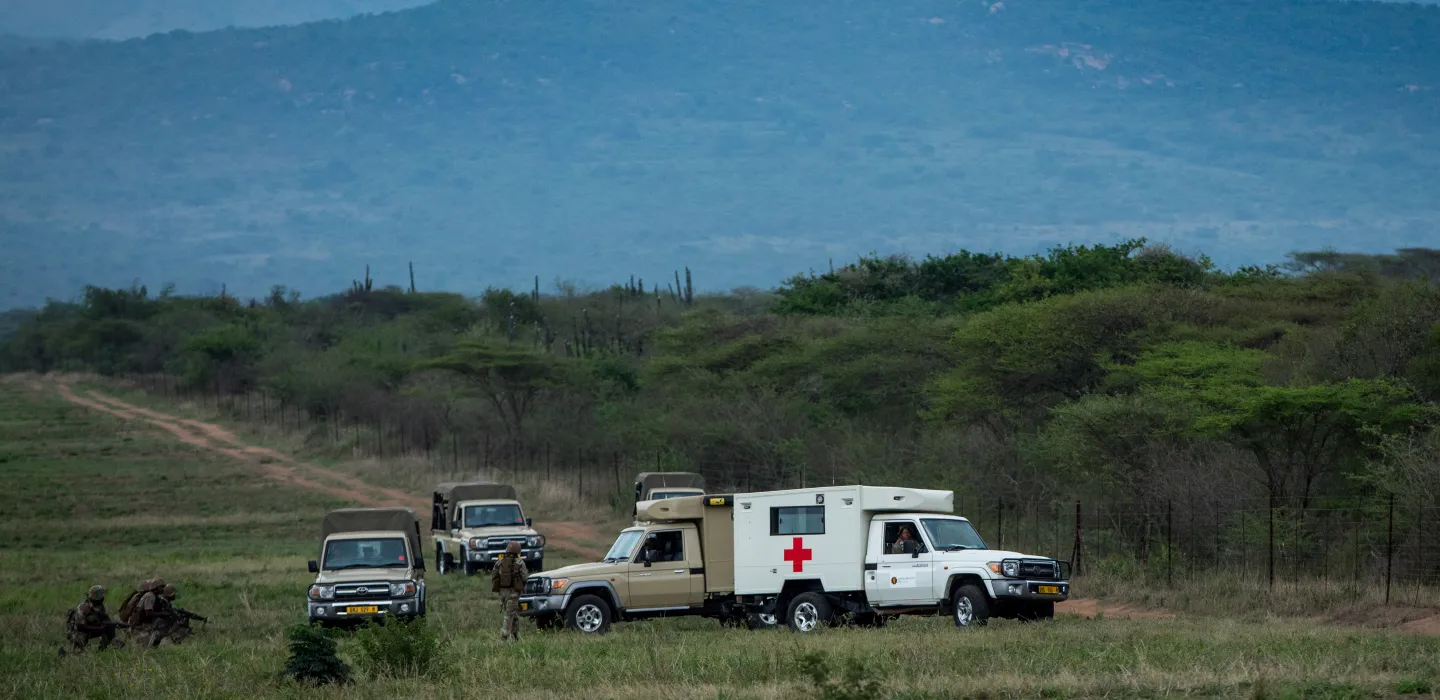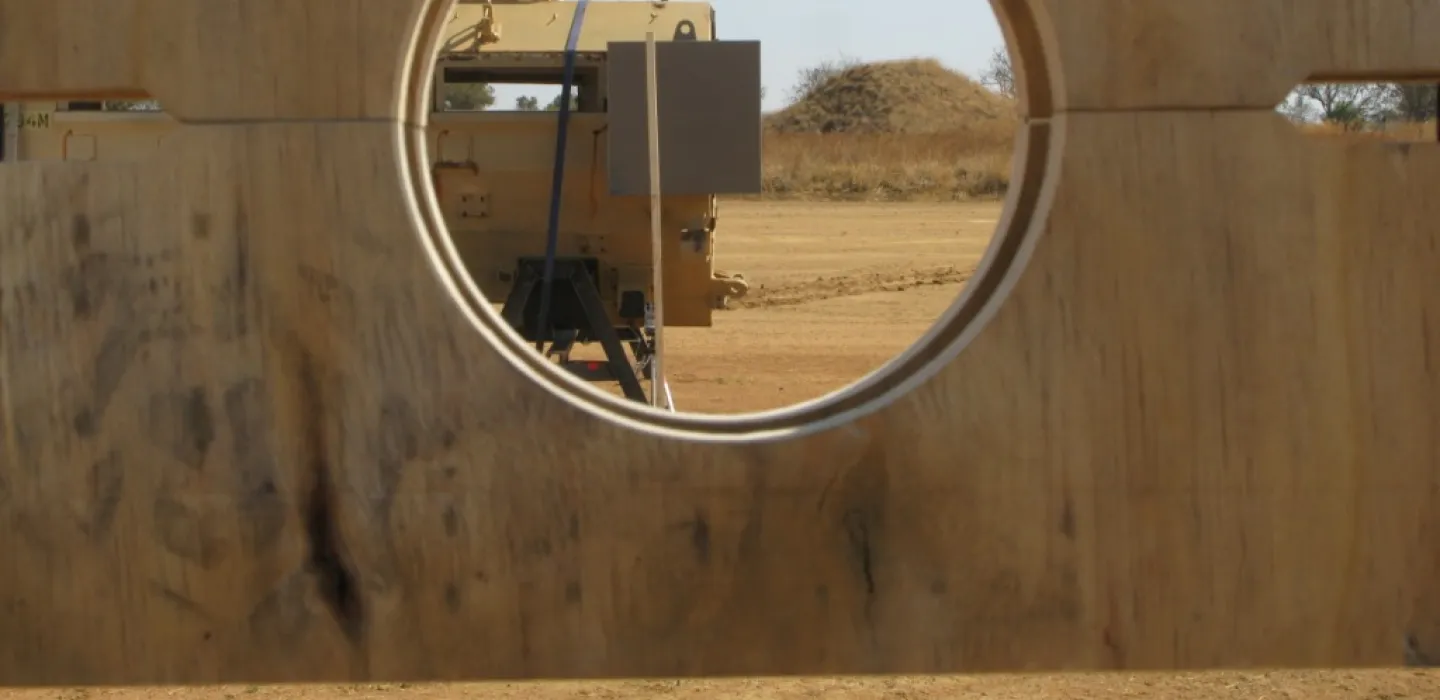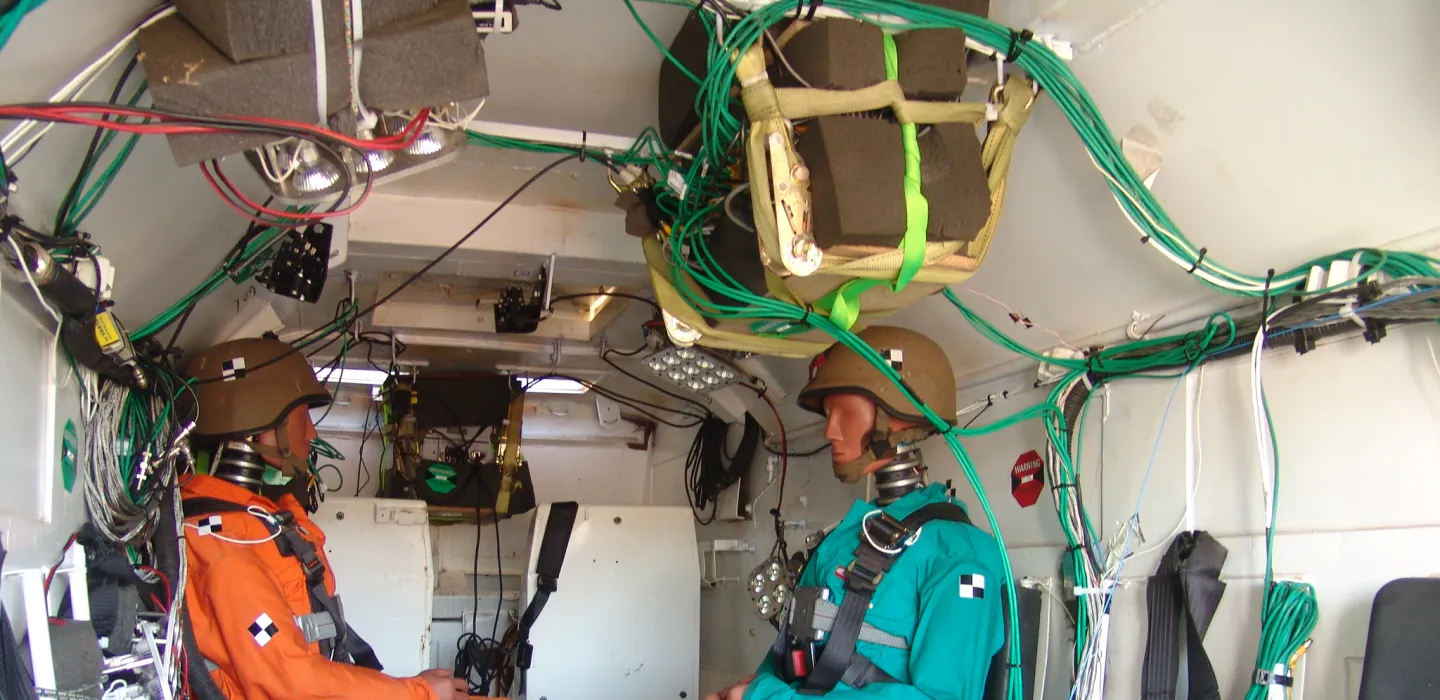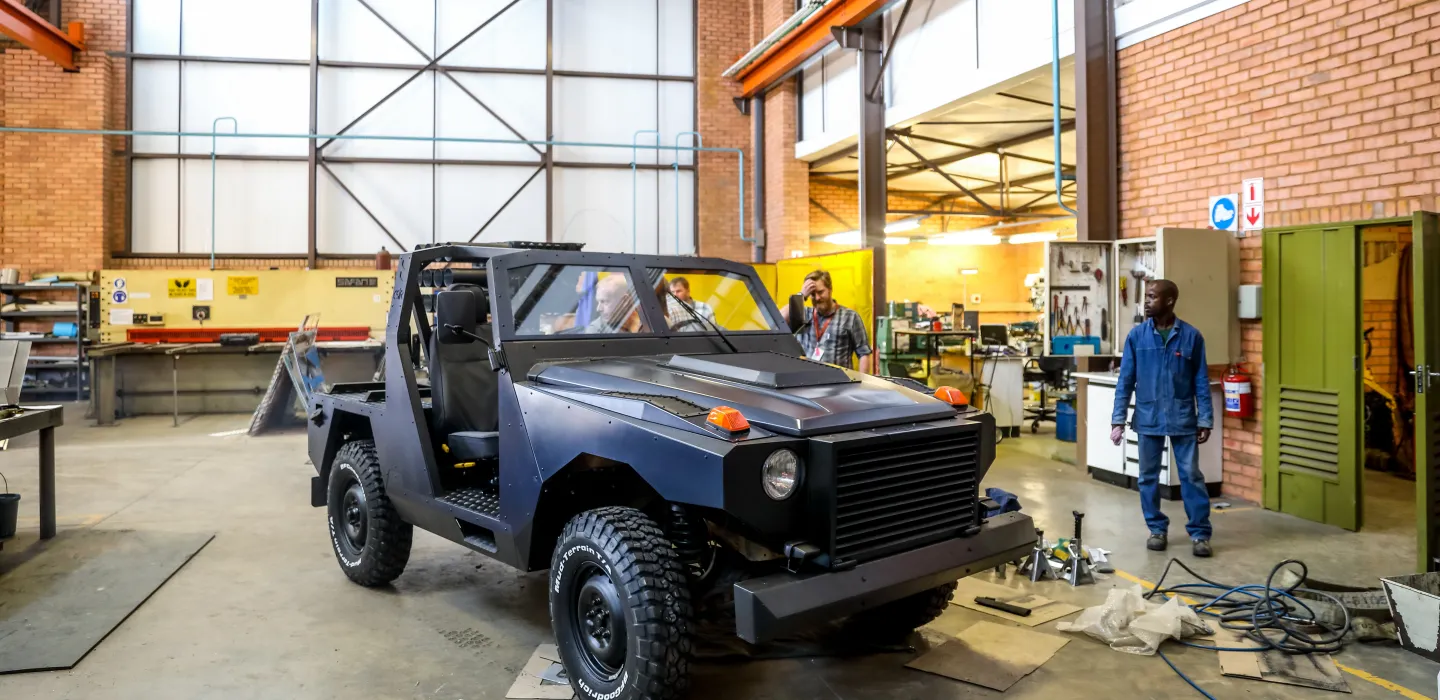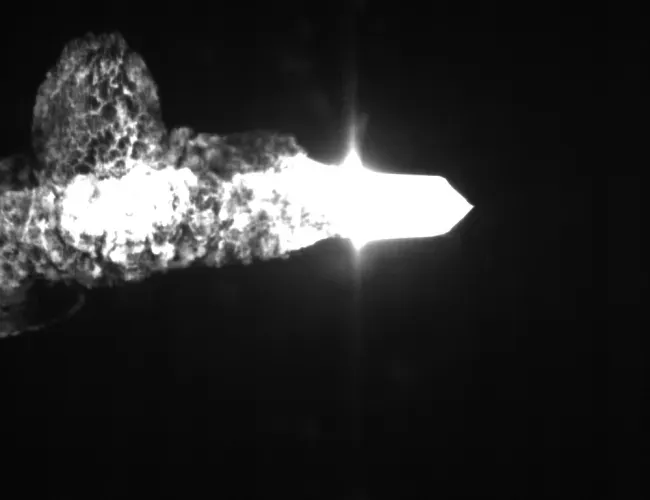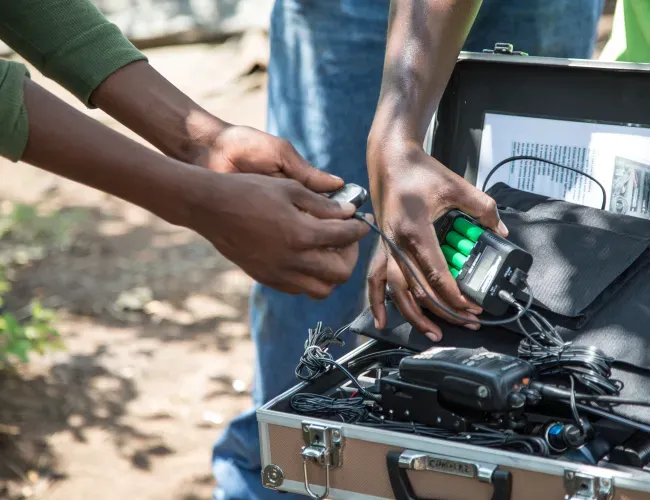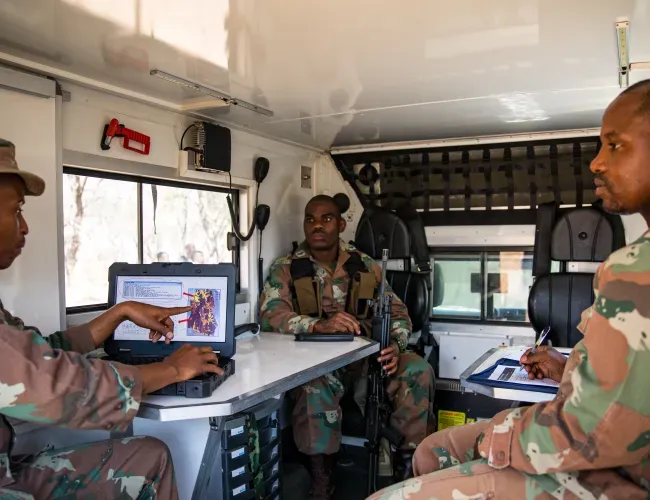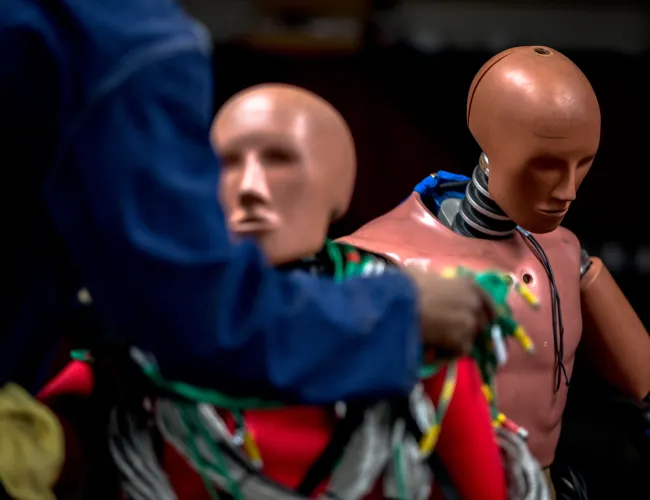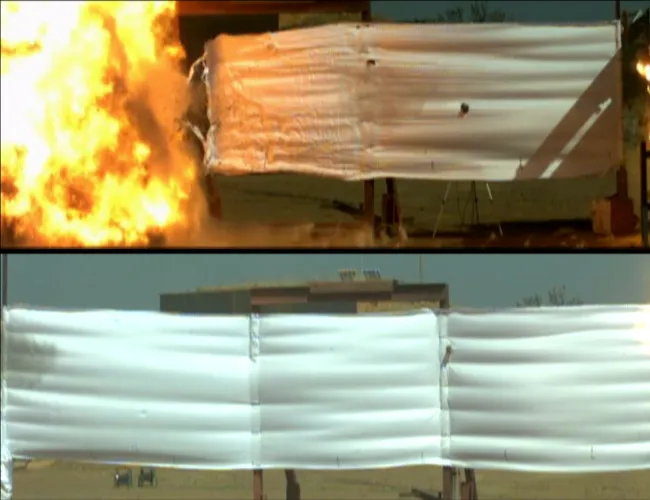What we do
Contact information:
Highlights
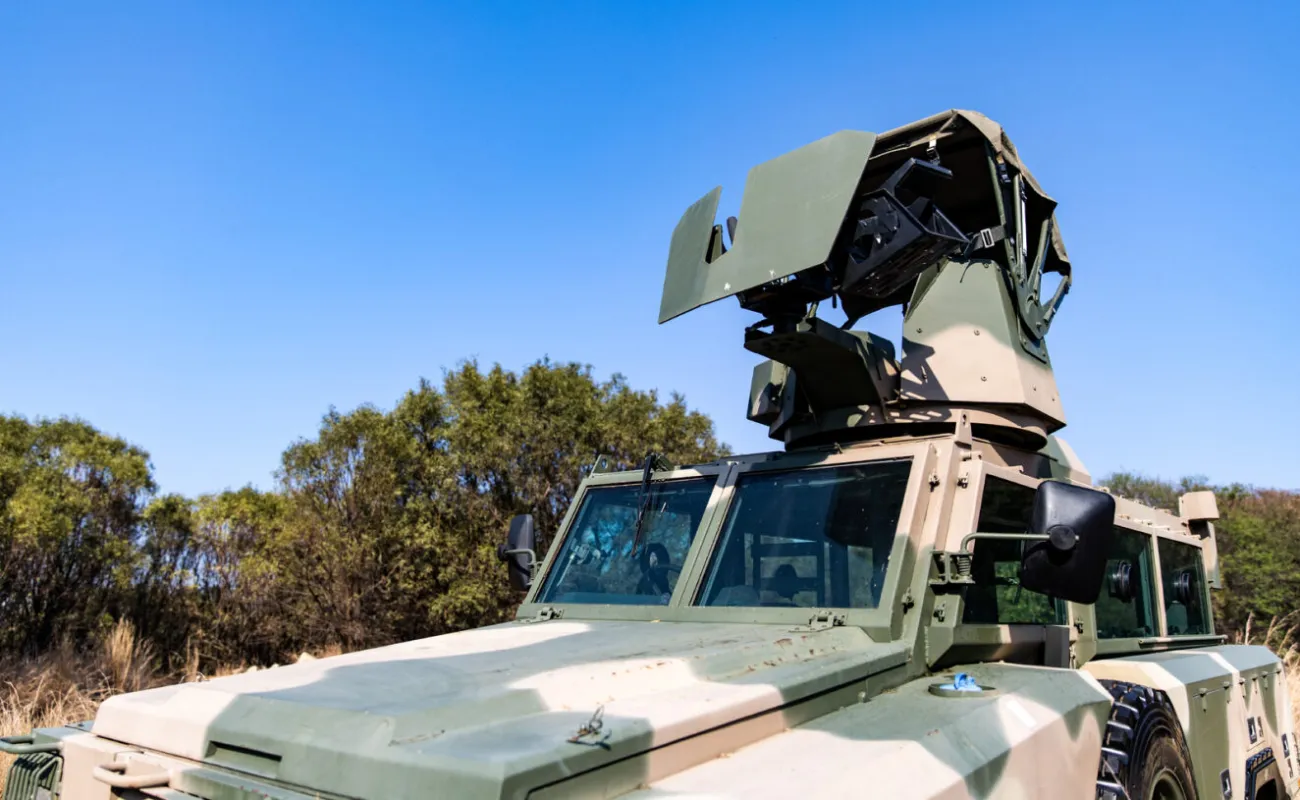
Bringing protective firepower to troop carriers
The CSIR has developed a turret that can be installed on an existing armoured personnel carrier to accommodate a firing crew and a variety of weapons. Mounted on the roof of the vehicle, the turret provides a 360° arc of fire and protects the gunner from small arms fire. It is lightweight, avoiding the addition of unnecessary weight to the vehicle.

Vehicle adaptation enhances patrol fleet for border safeguarding
The CSIR repurposed a fleet of commercially available vehicles into field ambulances, mobile command and control stations, logistical modules and troop carriers to provide the South African National Defence Force with a tactical mobility capability that is robust, easy to maintain and cost-effective. Novel alterations include roll-over safety frames, designs to accommodate additional water and fuel reserves, additional recovery capability and power management systems.
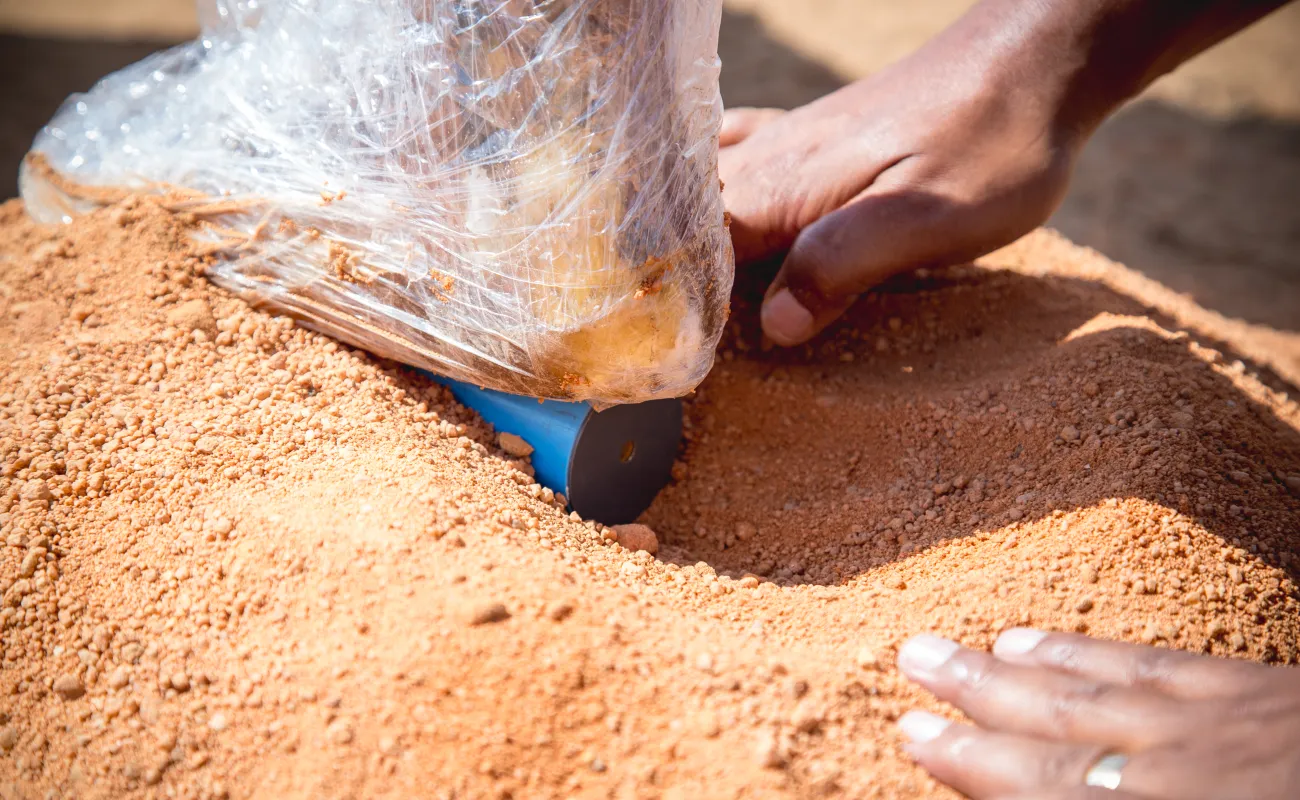
Surrogate leg helps research into effects of anti-personnel mine explosions
A CSIR-developed surrogate lower leg fitted with sensors is used to determine the effects of anti-personnel landmine explosions on the human body. The sensors measure damage to tissue and bone in the leg and can also indicate the potential level of amputation that may be required. Additionally, they measure the time it takes for the shockwave to reach specific points along the surrogate tibia bone. This information on shockwave velocity helps identify areas where maximum protection is required. Further research will support the development of footwear capable of detecting a possible explosion and countering its effects in real time.
Our research
Our facilities
